|
Friends and Neighbors,
Governor Updates
Governor’s Healthy Schools Reopening Council Reviews Steps Necessary for Safe School Reopening
Rising community spread of COVID-19 cases main obstacle to returning students to classrooms
The Governor’s Healthy Schools Reopening Council met this week to review the steps Oregon will need to take to return more students to in-person instruction in schools. While new nationwide data on schools reopening for in-person instruction has become available since Oregon’s metrics were first released at the end of July, the increasing community spread of COVID-19 in counties across Oregon presents a major obstacle to returning more students to the classroom.
"Returning to in-person instruction safely is key to ensuring Oregon’s students are receiving a high-quality education that prepares them for lifelong success," said Governor Kate Brown. "But our schools and our educators do so much more than teach and inspire students.
“Our schools provide warm and nutritious meals to students who are hungry. They are health centers. They provide for students’ mental health and well-being. And, at the center of it all, are the teachers, nurses, counselors, librarians, and support professionals who, every day, build the personal, individual connections with students that are so crucial to their lifelong success.”
As of this week, only two counties currently meet Oregon’s metrics for in-person instruction for all grades, however, Oregon as a whole is exceeding the statewide 5% positivity rate maximum allowed for schools to move forward with reopening. Seven counties currently meet the metrics for some in-person instruction for K-3 students. (Before case counts increased, as many as 20 counties were eligible to resume in-person instruction for K-3 students.) According to the Oregon Department of Education, approximately 45,000 students currently receive at least some in-person instruction in Oregon schools. Updating Oregon’s metrics without addressing the rising COVID-19 case rates in counties across the state, though, would leave most students in Oregon in comprehensive distance learning.
In order to return more students to classrooms across Oregon, the Healthy Schools Reopening Council identified three main areas of work:
- Review of the metrics to return to in-person instruction to reflect the latest data and best practices learned from other states.
- Ensure that school districts are prepared to effectively implement the Ready Schools, Safe Learners health and safety protocols for in-person instruction, so that students, educators, and staff are returning to safe learning environments.
- Drive down community transmission of COVID-19, so that schools can reopen and stay open, to provide stability and certainty for students, parents, and educators.
“In order to get our kids back into the classroom, we need concerted, community-wide efforts to drive down COVID-19 case rates––by wearing face coverings, watching our physical distance, washing our hands, and forgoing large social gatherings,” said Governor Brown. “It’s on all of us to work together to stop the spread of COVID-19 in our communities, so we can open schools and keep them open safely."
The Healthy Schools Reopening Council also identified equity in comprehensive distance learning as a major concern, particularly for historically-underserved Oregon students who already faced systemic disparities in education. The COVID-19 pandemic has exacerbated those existing disparities, with a disproportionate impact on Oregon’s Black, Indigenous, Latino/Latina/Latinx, and Tribal communities, and communities of color.
Added Governor Brown: “Distance learning is exponentially more difficult for parents who can’t stay home, because they work in essential sectors like the service industry, construction, manufacturing, and agriculture. Not every home in every county has reliable access to broadband or learning devices for all children. And, unfortunately, too many students do not have a stable place to call home. These are the kids who need in-person instruction the most. The kids for whom a smile in the classroom or a helping hand in the lunchroom means everything.”
The Healthy Schools Reopening Council is charged with advising the Governor and the Oregon Department of Education as school districts develop and implement their plans for a safe return to school for Oregon’s students under the Ready Schools, Safe Learners K-12 schools reopening process.
In order to ensure all community voices are represented, the council includes state and local officials, public health experts, public members from a diverse range of backgrounds, and members from the education community, including representatives of students, parents, support staff, school administrators, school board members, teachers, counselors, and school nurses. The full membership of the Healthy Schools Reopening Council is available here.
Oregon Health Authority Updates
Updates to the Statewide Face Covering Requirement
From the Oregon Health Authority
This week, we announced revisions to the statewide guidance on face coverings: http://ow.ly/Slsm50BX0eb
This includes new provisions about workplaces, markets and events, some educational facilities, as well as information about face shields.
In particular, the guidance now requires that people wear face coverings in all private and public workplaces including classrooms, offices, meeting rooms and workspaces, unless someone is alone in an office or in a private workspace.
See more details in the graphic below or at http://ow.ly/Wx6L50BX0ec.
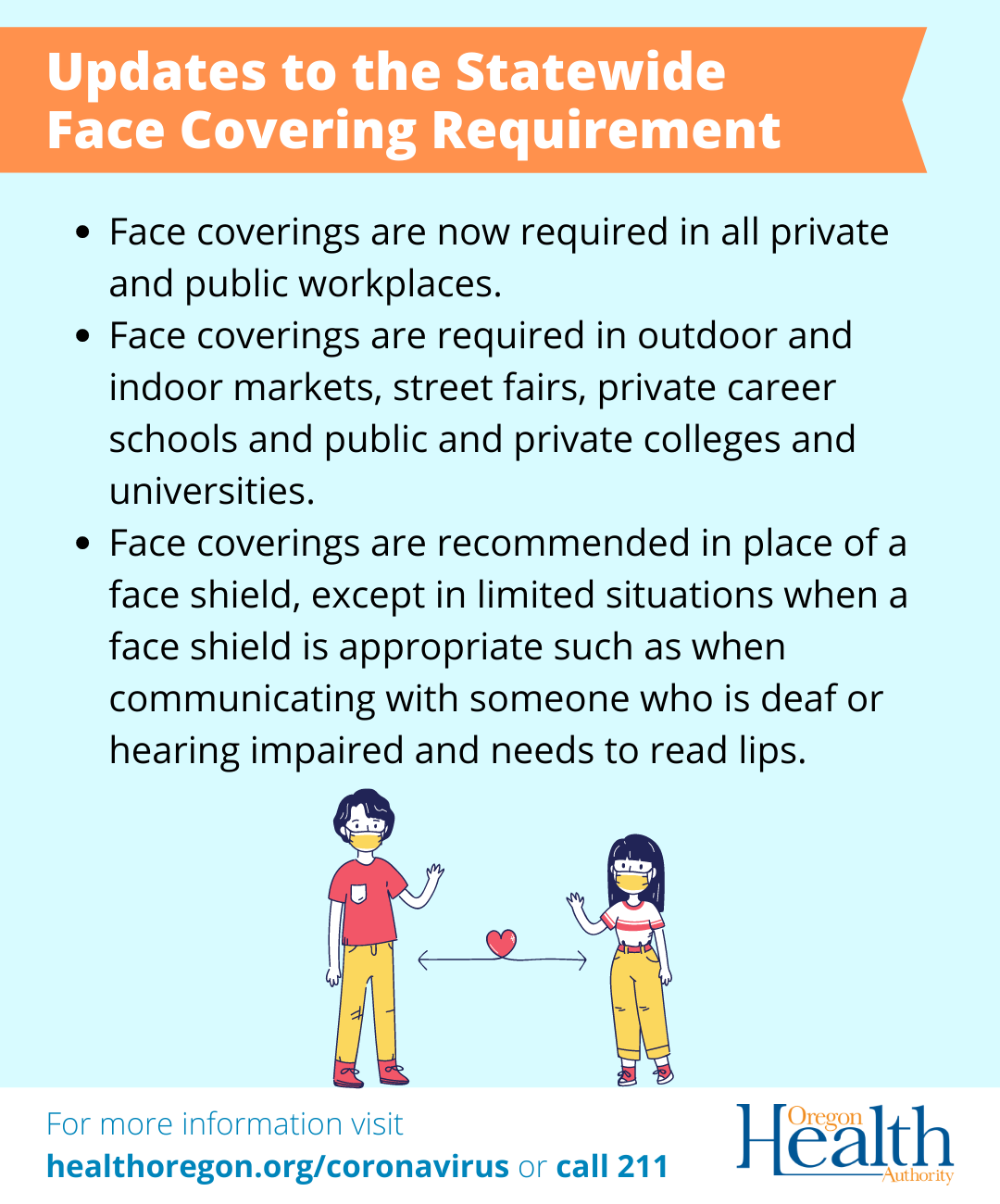 Flu Vaccine Facts
From the Oregon Health Authority
As people are tested for COVID-19 during flu season, we want to be clear: The flu vaccine will not cause you to test positive for COVID-19. COVID-19 tests only look for evidence of one virus – the coronavirus that causes COVID-19.
Because the flu is largely preventable, don’t wait to vaccinate. We encourage all Oregonians to get a flu shot as soon as possible. This will prevent flu illness and deaths and keep people out of the hospital at a time when we need to reserve space for COVID-19 patients and others who may require hospital care.
Flu vaccine is available from health care providers, local health departments and many pharmacies. The vaccine is free or low cost with most health insurance plans. To find a flu vaccine clinic, visit www.flu.oregon.gov and use OHA’s flu vaccine locator tool.
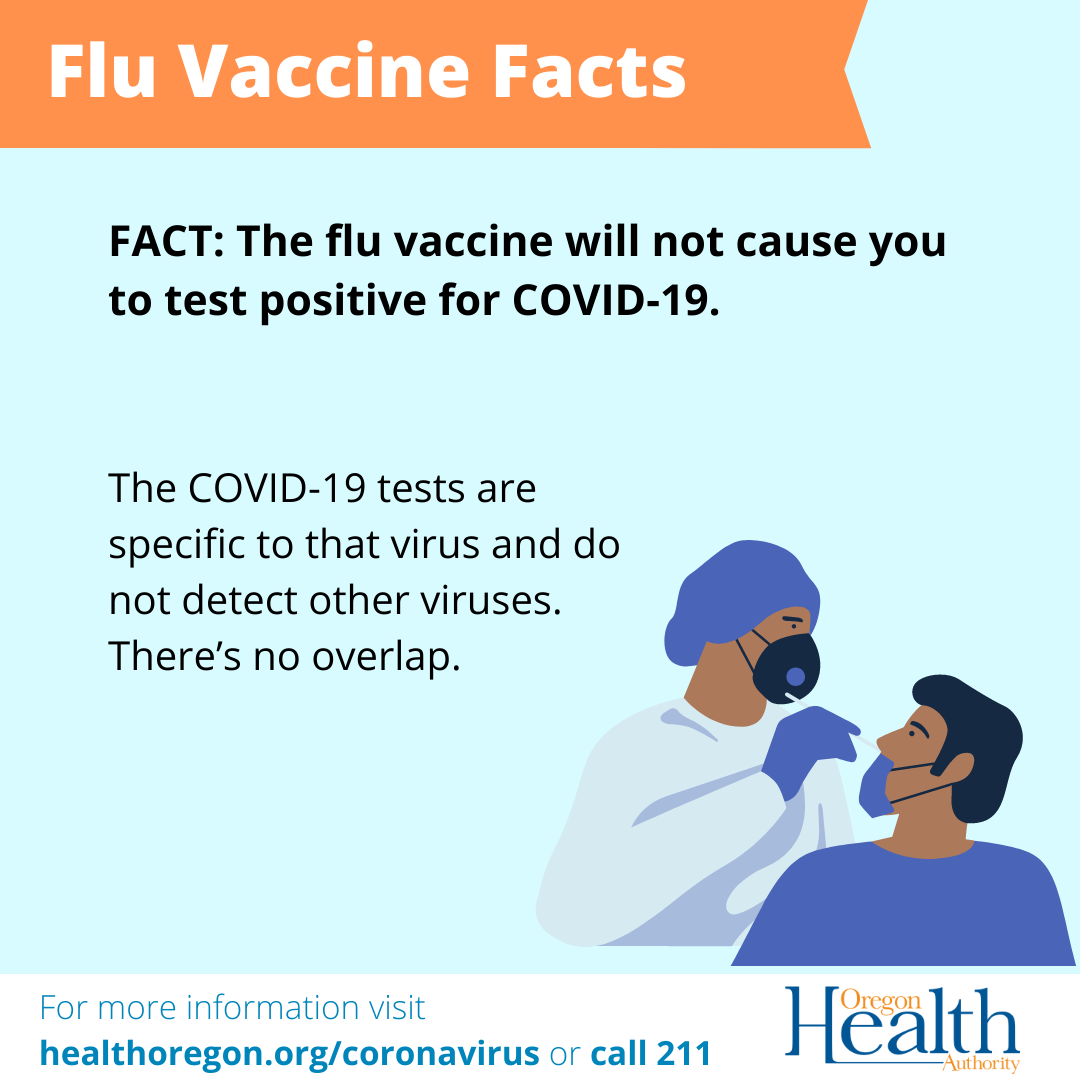 OHA Live Stream Event
While it's unclear how the pandemic will affect the flu season, we’re preparing for COVID-19 and seasonal flu to spread at the same time this year. We know that, for many of you, this has raised a number of health questions and concerns. Join us Tuesday, October 27 at noon to have your flu and COVID-19 questions answered by our experts directly.
Tune in to watch live here.
COVID-19 Weekly Report
From the Oregon Health Authority
COVID-19 Weekly Report: http://ow.ly/6mao50BZb8y
For the week of Monday, October 12 through Sunday, October 18, we recorded 2,327 new daily cases, a 4% decline from the previous week’s pandemic high of 2,418.
The number of newly tested Oregonians rose to 28,960, as did those who tested positively, to 6.5%.
Twenty-seven COVID-19 associated deaths were reported during the week—compared to 25 during the previous week. And people hospitalized with the virus remained the same at 143.
The age group with the highest incidence of reported infection has been in persons aged 20 to 49. They represent 39% of Oregon’s population and they account for 56% of COVID-19 cases.
Hospitalization and death rates increase with age, with persons 80 or older accounting for 51% of COVID-19 associated deaths.
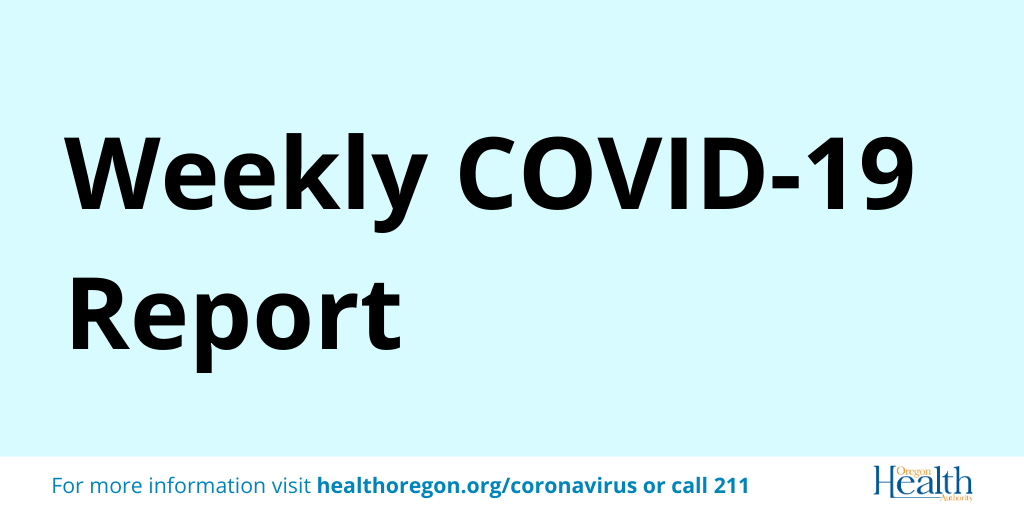 Unemployment Insurance Updates
Thank you to the Oregon Employment Department for the following updates.
Below are the audio and video links to Employment Department Director, David Gerstenfeld’s media briefing from earlier this week:
Some of the highlights include:
Adjudication
We are intensely focused on getting through the cases waiting for adjudication. We have an Oregon based vendor, Epiq, helping us gather additional information from claimants, asking questions of the claimants and providing factual information to the adjudicators to allow the adjudicators to make a determination and a decision. This has been a good collaboration, has sped up hundreds of adjudication decisions, and they are helping us refine our processes. We are tracking about 52,000 (as of September 30, 2020) people whose claims needed adjudication. We are urgently focused on these cases and understand that these cases are people in our communities that need help fast. But it’s important to remember: Many people in adjudication have received some benefits. For example, 18,000 received benefits while waiting for their adjudication decisions (Benefits While You Wait).
We are using the late September figure of 52k people in adjudication as our goalpost. Last week, of that 52K people, 48k were still in adjudication. This week, it is about 45,000.
As with our other goals, like getting the initial handling of PUA claims done, we anticipate getting through these more quickly each week.
Lost Wages Assistance (LWA) - FEMA extra $300/week for 7/26 -9/5
Self-certification for LWA eligibility needs to be completed ASAP, if you have not already done so. They must self-certify that their unemployment or partial unemployment is due to disruptions caused by COVID-19.
Go to this link Online Claims System and scroll to the "Lost Wages Assistance" button.
Certification is the one-time step required by FEMA for claimants who receive UI, PEUC, or EB benefits for a COVID-19 reason.
Those with language access needs should contact us by email at OED_LanguageAccess@oregon.gov or call our language hotline 503-606-6969.
Webinars
We have 15 webinars posted on the YouTube site since June, on several topics.
Extended Benefits
Wondering how to apply for Extended Benefits (EB)?
To apply for extended benefits continue to file your weekly claims. If you qualify for EB, you will automatically be enrolled for up to 20 weeks of benefits. Continue to claim weekly using the Online Claims System.
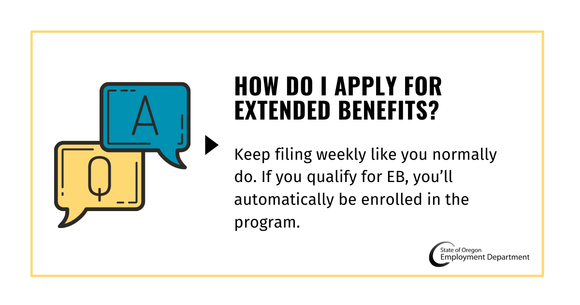 Small Business Updates
City of Hillsboro Emergency Business Grant Program, Round 4
From the City of Hillsboro
Application period: Wednesday, October 28, 9 am until Friday, October 30, 4 pm
Links to apply for the grant in English and Spanish will be available on this webpage starting October 28 at 9 am.
Businesses in the City of Hillsboro can apply to receive up to $4,000 in emergency grant funding during a fourth round of applications even if they received funding during the three previous rounds of the City’s Emergency Business Grant — or Washington County’s Small Business Emergency Grant. Approximately $200,000 in funds are available in this round.
- Businesses must be located inside Hillsboro city limits and have an active business license from the City of Hillsboro prior to applying.
- Call 503-681-6408 for any questions regarding Hillsboro business licenses.
- Each business will need to submit a W-9, a Federal Tax ID number, and their Hillsboro business license number.
- Priority will be given to eligible businesses that have yet to receive emergency grant funding from the City, Washington County, or MESO, and minority-, veteran, and/or woman-owned businesses.
Visit the City of Hillsboro Business Resources for more information.
Additional Resources
House District 30 Links
Federal Delegation Links
Education Links
Utilities Assistance
Food and Housing Assistance
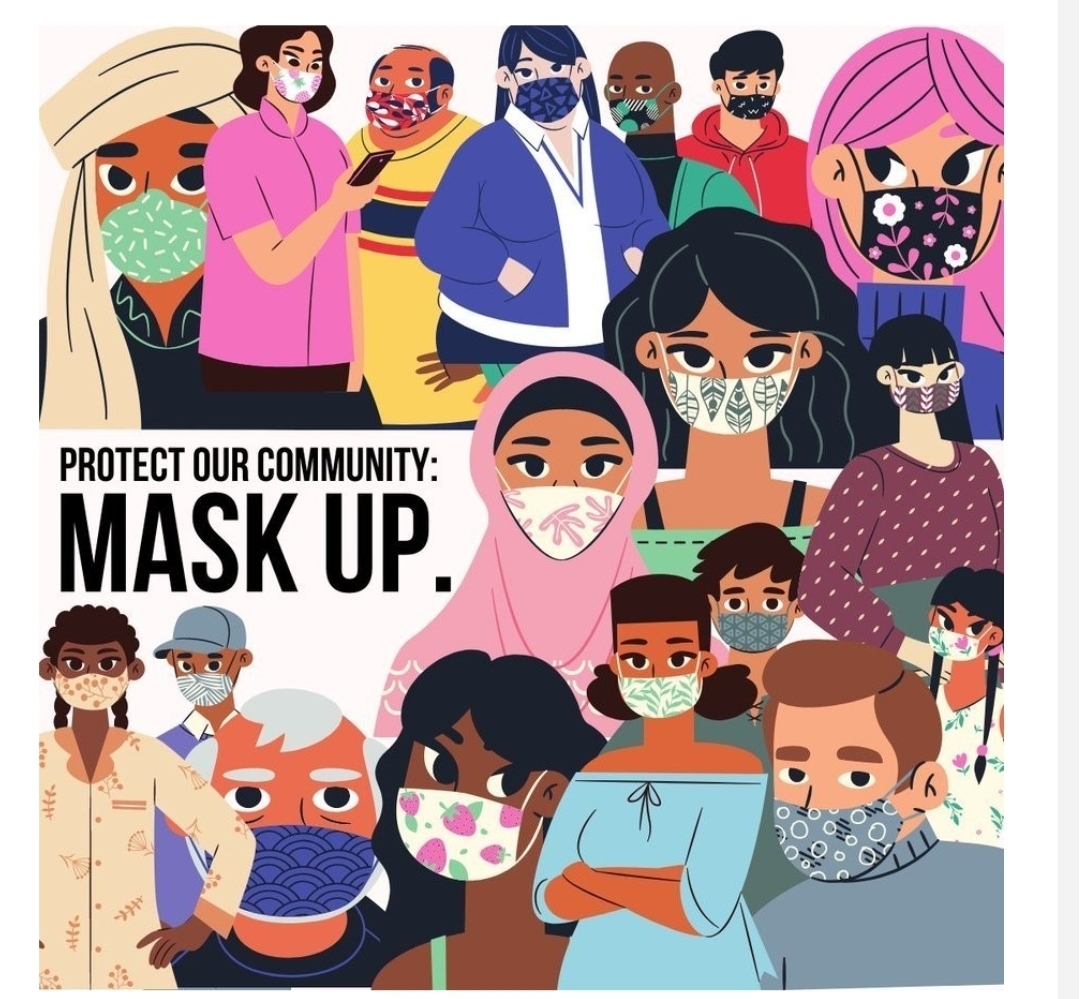 Be good to yourself and each other. ❤
Onward & Upward,
 Capitol Phone: 503-986-1430
Capitol Address: 900 Court St. NE, H-487, Salem, Oregon 97301
Email: Rep.JaneenSollman@oregonlegislature.gov
Website: http://www.oregonlegislature.gov/sollman
|